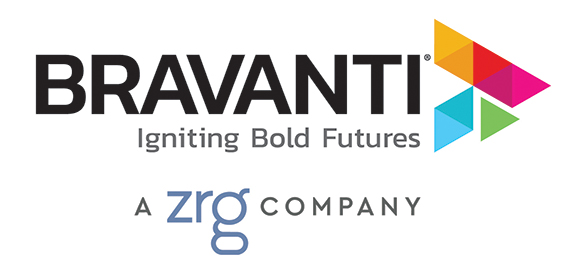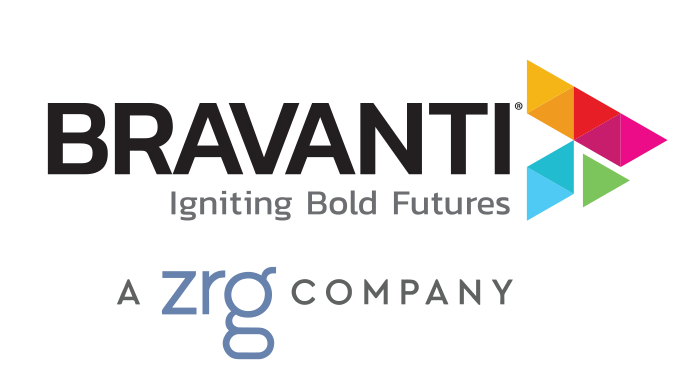By Bravanti
More than half of all employees globally say they would quit their jobs if their employer fails to provide post-pandemic work flexibility.
This is one of several startling findings of Ernst & Young’s recent Work Reimagined Employee Survey. The same survey revealed that Millennials are twice as likely to quit as Baby Boomers. What does this mean for talent pipelines?
Well, the answer depends on your employee retention strategies.
If your organization has answered the global call for flexibility with modern, employee-centric policies, this could be great opportunity for you. Not just for employee retention, but also for attracting top talent from employers who fail to meet these demands. News of great policies and flexible work options travels fast these days. And if your organization hasn’t risen to the occasion—well, it might be a challenging road ahead.
Flexibility isn’t the only, or necessarily even the most important, determinant in employee retention. In today’s culture, job satisfaction also reflects the development opportunities that are available to employees. Many companies have standard training or engagement programs that need updating. Yes, Millennials have a bad reputation of job-hopping, but here’s why: They view development and engagement as more than just training. They expect coaching, mentoring, and rotation through different roles. When they realize their company doesn’t offer that, they will move on to another company, hurting their former employer’s talent pipelines.
In addition to flexibility and development, culture is a significant deciding factor in employee retention today. And we don’t mean culture as a feel-good idea; we mean culture as a safe, inclusive environment where all voices are valued.
One of the most devastating effects of the pandemic on American workforces has been the profound impact on underrepresented groups and women. Since May 2020, women and people of color have disproportionately left the workforce, either voluntarily due to extenuating circumstances (lack of childcare, the need to care for ill loved ones, etc.) or involuntarily due to layoffs and furloughs.
This mass departure of skilled workers from underrepresented groups doesn’t go unnoticed by your remaining employees, who may feel the lingering impact of these losses and their impact on your culture. In turn, this may cause employees to question their own roles and levels of recognition within the organization.
Tips for Improving Employee Retention in the “New Normal”
Listen to your employees
Don’t assume your workforce is content. It’s imperative to have open communication with your employees to gauge their satisfaction levels and highlight problems that need to be addressed. Every company seeking to lower turnover rates should consider what they offer their talent that makes their organization a sustainable place to work both daily and in the long term.
Incorporate flexibility into your workplace policies
Whether it’s work-from-home or a hybrid approach, consider giving your employees the flexibility that many other organizations are providing to their employees. Survey them to see what they actually want and then find a way to meet the needs of the majority.
Establish uncompromising employee retention policies for women & minority groups
These policies are a critical component to any modern employee retention strategy. There are many proven benefits of having a diverse workforce, from improved creativity and problem-solving to stronger profits and overall performance. Not to mention, it’s simply the right thing to do.
Prioritize employee retention at the highest levels
Improving retention is a top-down initiative that requires executive buy-in and support. This includes a clear company vision that is reflected in the culture; highly effective managers; a comfortable and positive work environment that fosters productivity and belonging; and the prospect of further learning, professional development, and advancement within the company.
The needs of employees will continue to evolve, as they should, but this evolution won’t hurt your leadership pipelines if your organization evolves at the same time. Employee retention is a strong indicator of a healthy organization, and it doesn’t need to be difficult to achieve. Determine what your talent lacks in terms of job satisfaction, use your resources to meet those needs, and protect yourself from a shortage of leaders in the future.
Content Related to Employee Retention: Keeping the Post-Pandemic Talent Pipeline Filled
Women in the Workplace: Employers Must Empower Them Every Day
Is Your Succession Plan Enough? Probably Not
Learning & Development is Motivation & Engagement: Upholding a Nurturing Culture During a Pandemic
The New World of Work is Here: Strategies for Keeping a Remote Workforce Engaged & Productive

